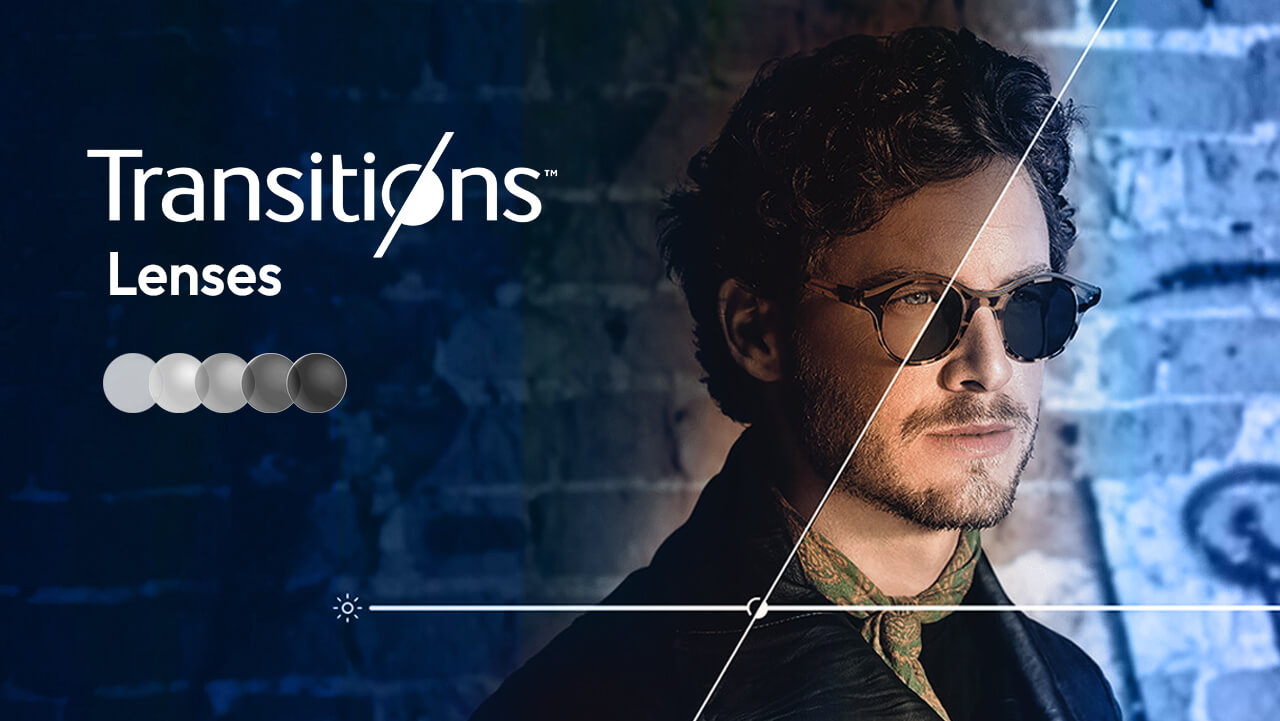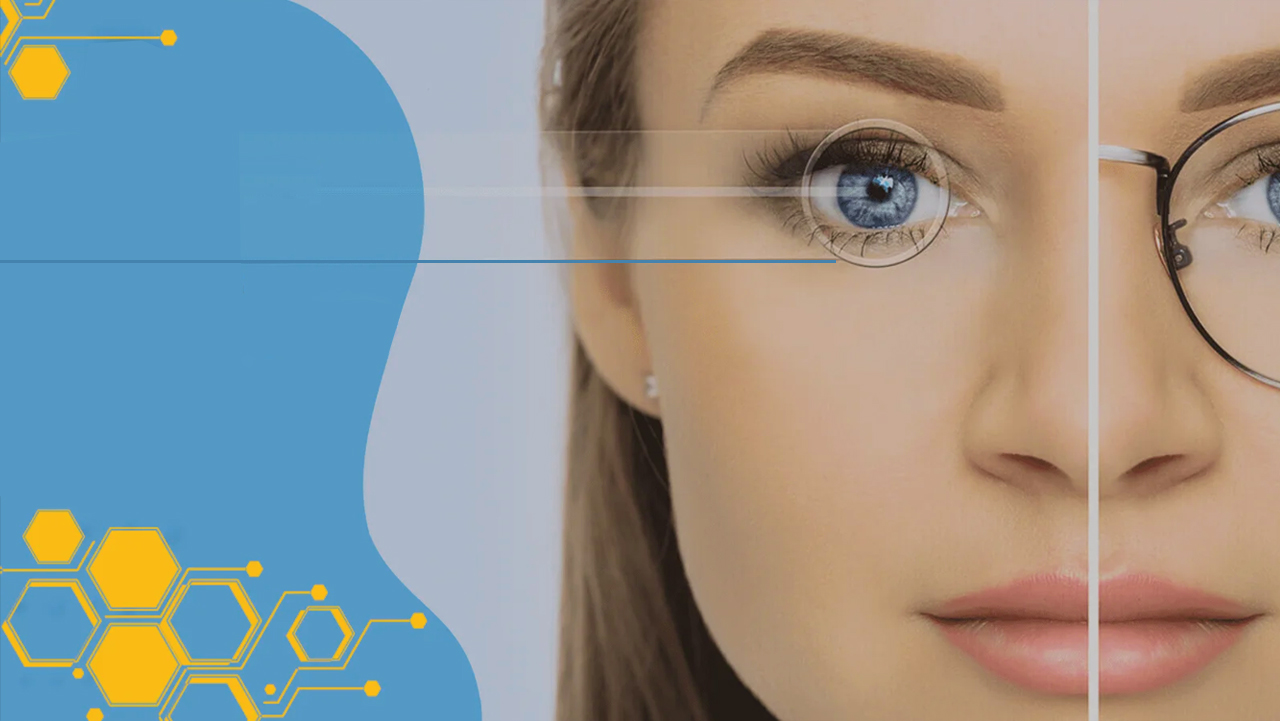An optical deception is a trick the eyes pull on the brain, a glitch in how the brain interprets what the eyes show it. The messages dupe the brain the eyes give because the world exists in three dimensions but an optical illusion often exists in only two. Everyone is baffled as to why these illusions cause people's minds to malfunction. There are many hypotheses explaining why optical illusions are effective.
One is that the brain can occasionally be tricked into believing there is movement by making quick movements of the eyes between fixation points, or saccades. Additionally, there is the presumption that your brain is constantly attempting to determine what to foretell and connect. Misunderstandings may arise when reality deviates from your brain's expectation or prediction, although this is incredibly helpful for survival.
Another option is that your brain is being confused by an illusion's excess of information on your visual pathways. All things considered, the brain is structured to gather visual information, interpret it, and create predictions by completing information gaps. Humans have developed this kind of thinking to enable them to survive in a disorderly and frequently unpredictable world. When it comes to optical illusions, it additionally provides some amusement.
How Do Optical Illusions Operate?
Illusions are effective because the visual cortex misinterprets data from the eyes. When you view an optical illusion, light waves are reflected off the image and reach the retina, which is the tissue in each eye that detects light and transforms it into the message to the brain.
To construct a mental representation of what you are staring at, your brain processes information from the retina to draw inferences. Scientists refer to this procedure as visualizing. An optical illusion can occasionally occur when the brain perceives a two-dimensional picture as three-dimensional.
Your brain is amazing because once it recognizes an illusion, it can continue to be tricked. It is therefore very difficult to be misled again, even if you attempt you discover the reason why an illusion tricked you. According to a recent study, more intricate psychological processes do not create many visual illusions, but rather limitations in the way our eyes and optical neurons function.
Researchers studied illusions where the environment distorts our perception of an object's color or pattern to determine whether such deceptions are due to higher-order mental processes like context and past knowledge, or to neural reactions in the visual centers of the brain and the eye.

A Brief Looking at the Eye
The human eye is a remarkable biological marvel, skillfully engineered to take in and transfer light to the brain for processing via a sequence of internal organs. As light enters the pupil, the lens and cornea work together to focus and bend it. By adjusting the pupil's size, the iris, or colorful portion of the eye, controls the quantity of light that enters the eye.
The retina, a collection of cells in the back of the eye that sends messages to the brain, is the exact area on which the light focuses. Rods and cones are the two kinds of cells sensitive to light found in the retina. Cones play a role in color vision and respond best to strong light, but rods are extremely sensitive and detect low light.
Light enters the eye through cones and rods in the retina, where it is absorbed and converted into electrical impulses that are sent from there to the brain via the optic nerve. Once the brain processes the impulses, we can perceive and comprehend images.
See “Facts About Eyes” for additional details on your eyes.
How Do the Brain and Eyes Cooperate?
Scientists still don't fully grasp all the many phases in this incredibly complex process. Nevertheless, several of these pathways have been found by researchers. The rods and cones in the retina process light into electrical impulses, which are then transmitted to the brain's vision cortex via the optic nerve.
The main part of the brain responsible for processing images is this one. Your eyes give information to the visual cortex, which translates it into an image. Researchers believe that every nerve cell, or neuron, processes a specific component of an image. The collective action of all the neurons builds your understanding of your environment.
Certain neurons give the brain a stronger signal than others, sometimes in error, and this might affect how you see the world. Two categories are thought to exist for the analysis of visual information:
- Bottom-up: Your eyes give you visual information, and your brain converts that information into an accurate picture of reality.
- Top-down - According to the visual data you just got, your brain forms a mental image when you view anything familiar. Top-down fills in any empty spaces in your range of vision by using memories.
Your brain uses more than just the anatomy of your eyes and brain to fill in the blanks and create predictions. Occasionally, their foundation may stem from your cultural outlook on the world and your knowledge regarding images and shapes during your entire life.

Kinds Of Deceptions
Optical illusions fall into three primary categories: cognitive, physiological, and literal. Each makes use of various facets of the brain-eye connection.
Actual Optical Tricks
Often, many pictures are combined to produce literal optical illusions. Even though each image is distinct from the others when you focus on the full figure, the collection of photographs creates a whole new image.
The brain selects which areas of the visual data from the eye to focus on when signals from light are transmitted to it. Thus, it can concentrate on the individual, distinct images or the overall, bigger image. The process the brain is engaging in is referred to as "filling in."
Physiological deceptions.
The Illusion Of Herman Grid.
Physiological illusions are particularly difficult since they mislead the eye into seeing parts of an image that aren't there. By activating the same brain pathway again, a repetitive pattern stresses the visual system and gives the impression that an image appears when it doesn't. You thus perceive a recurring image wherever your eyes happen to settle on a photograph.
A well-known physiological illusion is the Herman Grid Illusion. The image features white lines and black box grids. You can see faint pictures that resemble spheres when you stare between the rectangular spaces where the white lines connect. This illusion exploits the ability of the visual system to process information about contrasting hues.
Mental Illusions
One illustration of a cognitive illusion is this looping path. It is hard to trace the shape with the eyes because tracing one side will lead you to the other side as well. Subconsciousness can have an impact on cognitive illusions, which rely on how you perceive your surroundings. They cast doubt on your perceptions of how things seem in the environment.
Visual Illusions and the Arts
Artists employ optical illusions by making use of the tricks the eyes can perform on the brain. Artists manipulate several facets of visual perception to warp your perceptions. They employ methods that affect color, depth, form, brightness, shadows, and texture. Artists can manipulate these elements of an illustration to change how you perceive it.
Speed
Your brain interprets fixed images that appear fuzzy as moving quickly because it links blurry images to movement.
Dimensions
The Titchener circles, another name for the Ebbinghaus illusion, manipulate how big you perceive an object to be. Whether two circles of equal size are surrounded by larger or smaller circles can affect how you see them. Generally speaking, the circle with larger surrounding circles will look smaller than the circle with smaller surrounding circles.
Because of the Müller-Lyer illusion, lines with the same length can appear to be different just under the arrows' direction.
Shadows
Shadows give an image dimension, and shading is a very powerful technique for communicating information that helps the brain interpret a two-dimensional image as three-dimensional. To fool the brain, shadows can often be arranged in unexpected ways.
Dimension
Converging lines can be used to show parallel lines across a large distance, allowing for size and distance manipulation. This is the iconic image of railroad lines vanishing into the distance.
Hallucinations Versus Optical Illusions
A misapprehension of perceived pictures is known as an optical illusion. Moreover, a hallucination is the experience of a thing that is not real. This is common when you are either falling asleep or waking up from a deep sleep. However, hallucinations may occasionally be a sign of a significant underlying medical issue. For example, medication side effects, dementia, schizophrenia, and/or seizures can occasionally bring hallucinations.
You might notice flashing lights under certain settings that resemble sparks, zigzag lines, or lightning. We call this photopsia. A migraine or a more serious condition like detached retinas or an injury to the eye or brain could be the cause. A medical expert should be consulted immediately if someone is having hallucinations or visual distortions.
In addition to being an intriguing and entertaining trick your eyes pull on your brain, optical illusions are a great method to understand how your brain and eyes interact to deliver data regarding the world around you.

































